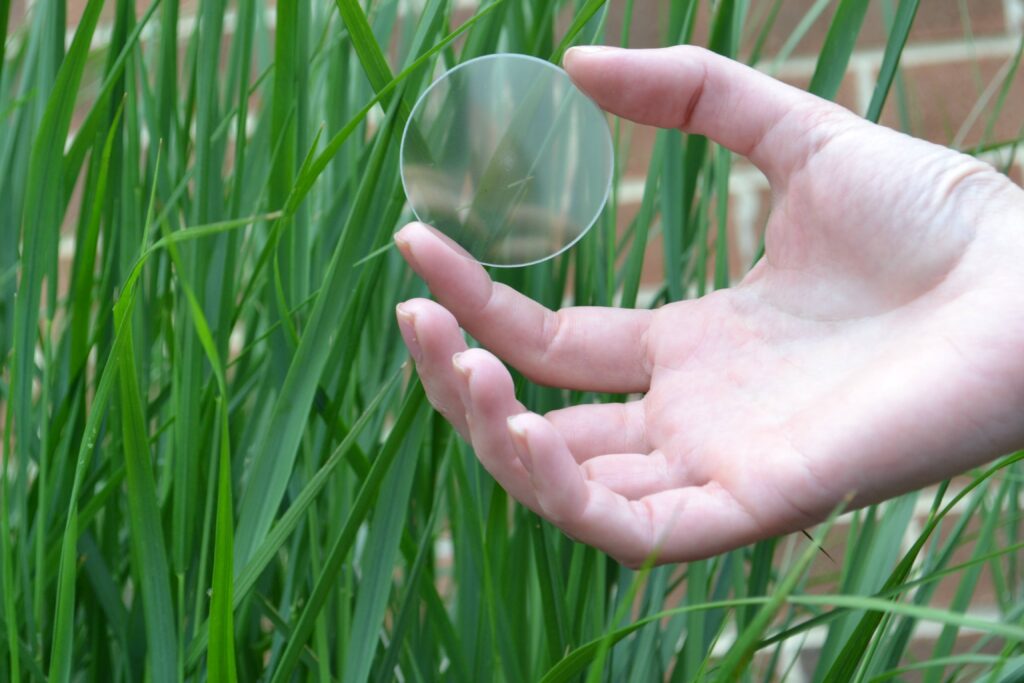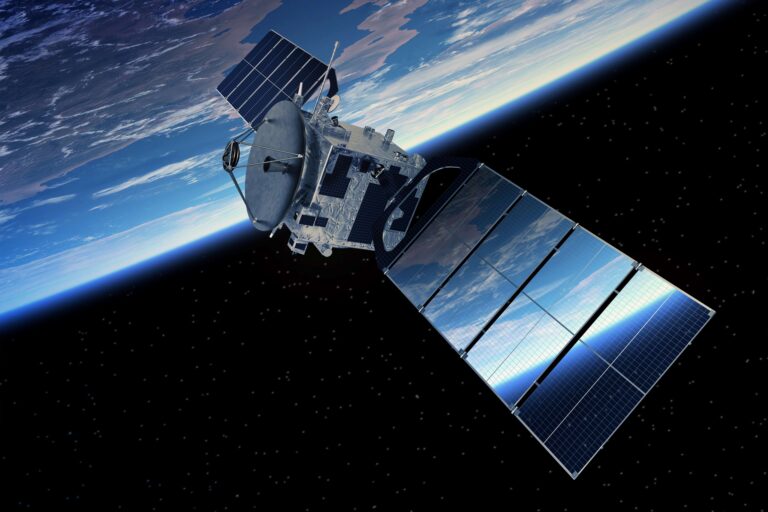Could diamonds be the key to space exploration missions, solving the mysteries of the universe, easing Earth’s environmental woes and bolstering the future of humanity?
If you’ve never looked at one and thought, “I bet we could use these for discovering more about space,” you’re not alone.
But it turns out, that idea might just be brilliant. What we’ve come to think of as a “girl’s best friend” has a lot more use cases than being a sparkly piece of jewelry, and one of them is, surprisingly, space exploration.
As an industrial tool, diamonds – and specifically lab-grown diamonds – are invaluable.
Diamonds: A surprising industrial resource
The hardest material on the planet, diamonds are the most thermally conductive material on the planet, five times more so than copper. Because of their hardness, they can be used in abrasives and cutting tools, even for materials like concrete.
It’s hard to fathom taking an expensive gem and using it on a factory floor, and it’s perhaps even more unbelievable to imagine how diamonds can be used to study and explore space.
That’s because the diamonds being used in industry are lab-grown; they’re not the precious and pristine gems we typically think of. Nearly all industrial-use diamonds are synthetic, actually. The lab-grown diamond business is a growing one, with the industry growing from $1 billion worth of synthetic gems being produced in 2016 to $12 billion in 2022.
“We found out from nature that diamonds have extraordinary properties,” said Travis Wade, Ph.D., founder and CEO of Massachusetts-based Evolve Diamonds. It was obvious to him, then, to replicate these gems in a controlled, scalable process.
Growing the diamonds in a lab mitigates common problems with naturally-occurring ones. Mined diamonds are typically small and not uniform. While gems purchased for jewelry can have some degree of imperfection that’s undetectable to the untrained eye, the ones used in industrial practices need to be perfect and perfectly the same, every single time. Beyond that, when you’re mining diamonds, you’re limited to what’s in the mine itself. Lab-grown ones, on the other hand, are readily accessible, so long as you’ve got the right ingredients and machinery.

What do diamonds have to do with space travel?
Space and planetary exploration comes with a whole host of challenges to overcome, with temperature being a significant one. Mars gets frigidly cold, while Venus is hotter than hot. Scientists tasked with designing probes and exploratory machines need to take into account the use of materials that can withstand extreme temperatures. And this is exactly where diamonds can make a world of difference in the success of space exploration.
Extreme heat has previously been a barrier to exploring Venus. Missions sent by both NASA and the Soviet Union burned up in 10 hours or less on the planet’s steamy surface. With a typical temperature soaring above 315° C (600° F), spacecraft landing there need special thermal protection or capabilities to do any amount of exploration or data collection.
Because diamonds can withstand extreme heat, they’re a viable material for the transistors used in scientific probes like rocket engines and might be our ticket to exploring Venus. Unlike other materials previously used, like silicon carbide, these gems won’t disintegrate or burn when exposed to high temperatures. In fact, the way Wade creates his lab-grown diamonds — which he’s optimistic will eventually wind up on Venus — is in a high temperature chamber.
Leveraging technology for space exploration
Wade uses SOLIDWORKS to design his diamond-making machines. The program, which he described as the “gold standard” of computer-aided design software, was available to him through the 3DEXPERIENCE Works for Startups program. Through it, his company, and others like it, are given free access to SOLIDWORKS for a year to get their business off the ground. It’s partially through this opportunity that Evolve Diamonds’ materials could come to be a defining component in the way diamonds shape the future of all kinds of machinery.
Evolve Diamonds produces their gems by adding methane and hydrogen to a windowed, low-pressure chamber, heating them up, ripping the atoms apart and creating a plasma with an internal temperature of approximately 4000° C. A seed crystal is then added, which attaches to the now-free carbon in the chamber, and after 3 weeks’ time, the machine produces a few millimeters of diamonds.
With consistent results and multiple functions, diamonds can offer a viable ticket to more successful space exploration. Their use signals a potential for space exploration missions and an overall possibility for the study of space that has bene previously unimaginable.
How could diamonds enable space exploration to help the environment?
Diamonds have a laundry list of use cases both here on Earth and up in space.
As abrasives, they’re are strong enough to cut through concrete. They make excellent windows, since they’re crystal clear and thermally conductive – and unlike glass, they’re actually a solid material. By adding an infinitesimal impurity, like one part per million of nitrogen instead of carbon, they can be used as a highly sensitive magnetometer. This type of tool can detect even the most minute changes in magnetic shifts, making them useful for everything from military applications to GPS to minimizing the size of an MRI machine.
By using them for space exploration, though, we can leverage all these capabilities to discover new ways to make the future a more sustainable one. There’s significant potential for things like farming in space, which can result in more nutrient-dense produce that’s grown with less water than typical earthly methods require. Space exploration also enables satellites to collect valuable information, like imagery of ice caps or forest fires, that provide data which scientists can leverage to understand climate change. There’s so much more we have to learn about our universe and galaxy, but being able to do so requires materials and components that can withstand the required journey.
And diamonds, which can do it all, might just the ticket into outer space.
The do-it-all gems as space explorers
The benefits of space exploration are nearly unlimited. Using innovative tools like Evolve Diamonds’ lab-grown gems presents the possibility for limitless information and data collection. We can leverage these scalable resources to learn more about the universe we’re in and to apply inevitable discoveries to bettering the Earth for generations to come.
Diamonds, with their long list of capabilities, will likely become a key component for space discovery in the future. They’re already a match made in the heavens: NASA recently discovered Mercury’s surface is home to a 10-mile deep sheet of natural diamonds.
With such a wide variety of uses, it’s almost comical that the first image that comes to mind when we think of diamonds is an engagement ring. From purifying water to locating even the tiniest magnetic shifts, these gems have endless potential. They just might even take us further in space than we’ve ever been before.

